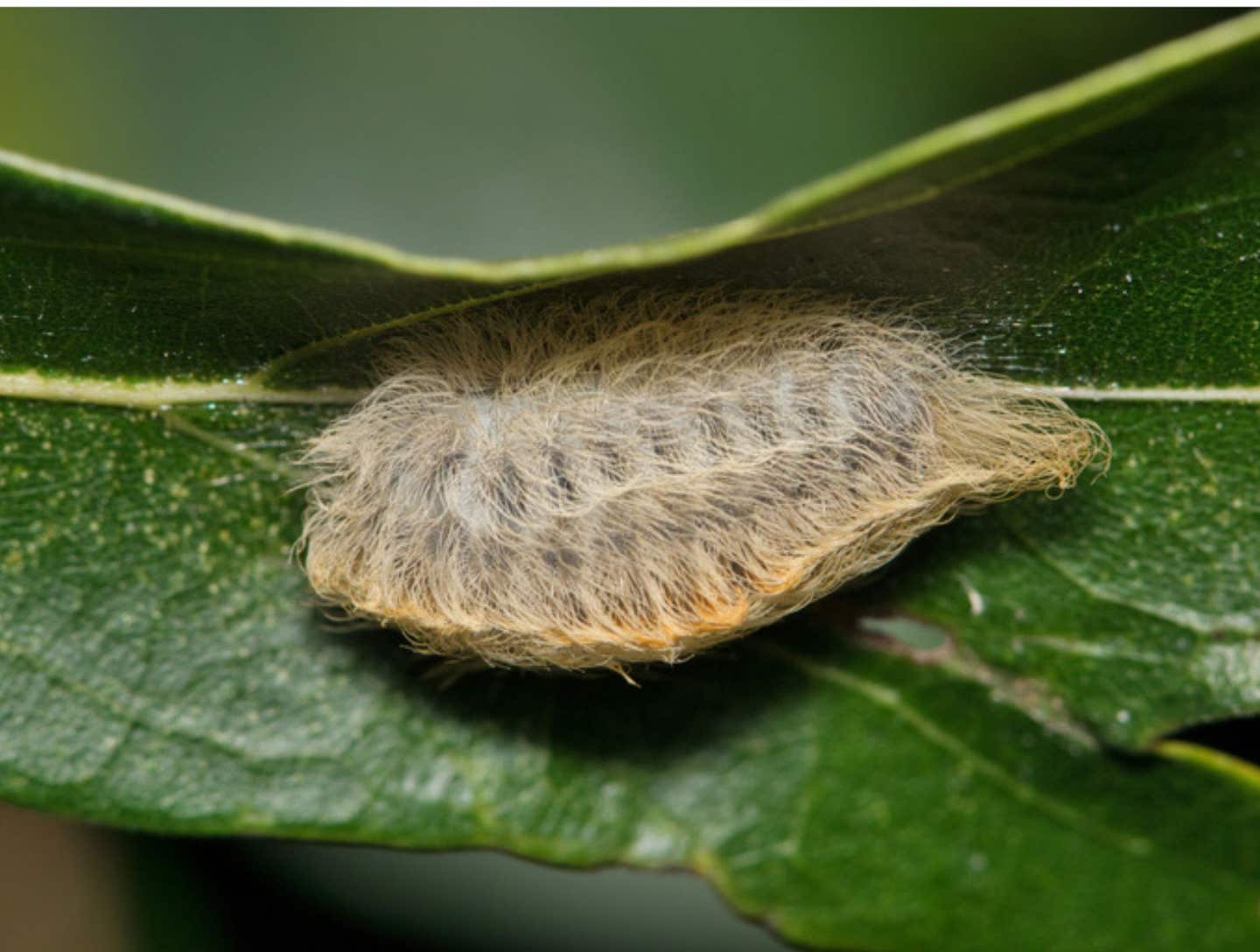
Southern flannel moths (Puss Caterpillars) and their babies, called larvae, go through times when their numbers grow a lot and then drop. How many there are depends on things like the weather, how much food is around, and how many parasites are in the area. These moths live from New Jersey to Florida and as far west as Arkansas and Texas. In Florida, they are common during the fall and spring, especially on oak and elm trees. Recently, one was spotted in Clermont, Florida, according to FOX 35 News.
According to Click Orlando (News 6), a viewer named Joel Mathis shared a picture of a fuzzy caterpillar following Hurricane Milton. Mathis mentioned he found the caterpillar on his fence while cleaning up debris.
In 2019, the same outlet reported that Bri Oteri from Dade City accidentally came into contact with one of these caterpillars when she leaned against a wooden fence during her son’s sports practice. “All of a sudden, I couldn’t breathe. I thought I was going to pass out — and then came the pain,” she recalled. “In my chest, in my entire right arm, radiating from my wrist all throughout my shoulder. The pain was so excruciating. I was hysterically crying in the hospital, pleading for the doctors and nurses to help me. Morphine didn’t even touch the pain.”
Researchers at the University of Florida explain that Puss Caterpillars appear to be covered in soft hairs, but these hairs conceal stiff spines connected to poison glands on the caterpillar’s body. If someone comes into contact with these spines, they can break off and embed in the skin, leading to intense pain.
These caterpillars, which can be difficult to spot, typically measure about 2.5 cm in length and have grayish-brown hairs that allow them to blend in with wood. This makes them even harder to see, especially since they are often found on oaks and citrus trees.
Although a sting from these caterpillars can necessitate medical attention, Florida's Poison Control Center in Tampa offers the following advice for treating a sting: Place Scotch tape over the affected area and repeatedly strip it off to remove the spines. Apply ice packs to reduce the stinging sensation. Follow up with a paste made of baking soda and water. If you have a history of hay fever, asthma, or allergies, or if allergic reactions develop, contact a physician immediately.
Fortunately, these caterpillars are not a year-round problem in Florida. There are only two generations of Puss Caterpillars annually: one in the spring and another in the fall. It’s important to remain cautious during these times.





